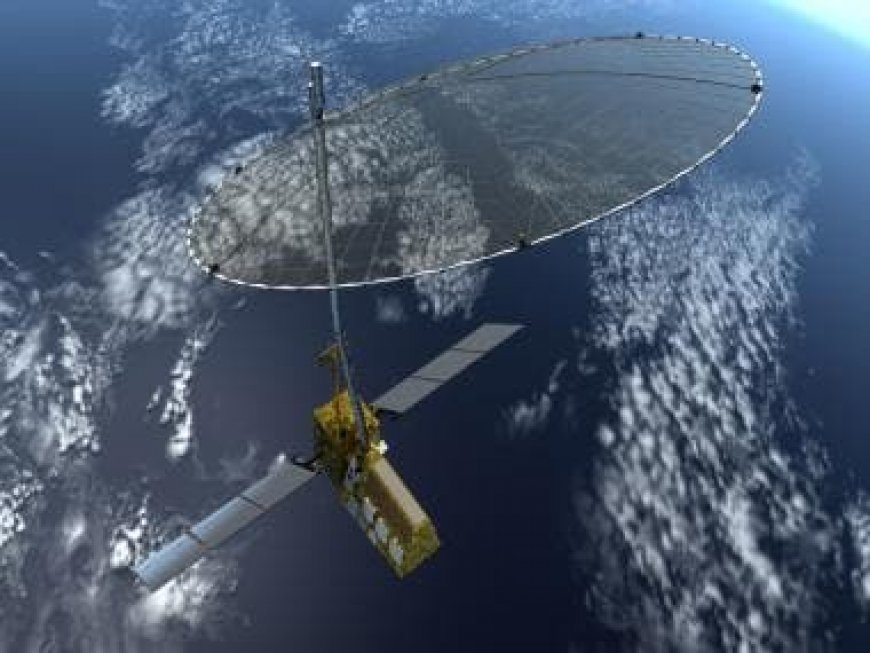All you need to know about NISAR, the awe-inducing joint mission between NASA and ISRO
All you need to know about NISAR, the awe-inducing joint mission between NASA and ISRO

A collaborative effort between NASA and the Indian Space Research Organisation (ISRO) has given rise to the ‘NASA-ISRO Synthetic Aperture Radar’ (NISAR) Earth observation satellite, which is set to revolutionize the study of Earth’s forest and wetland ecosystems and their impact on the global carbon cycle, subsequently influencing climate change dynamics.
Scheduled for launch in early 2024, the NISAR radar satellite mission will offer profound insights into two critical ecosystem types, namely forests and wetlands, which hold a pivotal role in the natural regulation of greenhouse gases responsible for global climate change, as reported by NASA’s Jet Propulsion Laboratory (JPL).
Upon entering orbit, NISAR’s advanced radar systems will conduct comprehensive scans of almost all of Earth’s land and ice surfaces every 12 days. The data it collects will empower researchers to comprehend two fundamental functions of these ecosystems: the absorption and release of carbon.
JPL emphasized that forests capture and store carbon within their tree wood, while wetlands preserve it in their organic soil layers. Any disruptions to these systems, whether gradual or sudden, can expedite the release of carbon dioxide and methane into the atmosphere.
The monitoring of these changes in land cover on a global scale will greatly assist researchers in investigating their impact on the carbon cycle, which governs the movement of carbon among the atmosphere, land, ocean, and living organisms.
“The radar technology on NISAR will provide us with a comprehensive view of the planet in terms of both space and time,” commented Paul Rosen, the NISAR project scientist at NASA’s JPL in Southern California. “It will offer a highly reliable perspective on the evolving state of Earth’s land and ice.”
NISAR is the result of an equal partnership between NASA and ISRO, marking the first instance of these two agencies collaborating in the development of hardware for an Earth-observing mission.
JPL, under NASA’s supervision through the California Institute of Technology (Caltech) in Pasadena, leads the U.S. component of the project and contributes the mission’s L-band Synthetic Aperture Radar (SAR). NASA is also responsible for delivering various components, including the radar reflector antenna, deployable boom, high-rate communication subsystem for science data, GPS receivers, solid-state recorder, and payload data subsystem.
ISRO’s U R Rao Satellite Centre in Bengaluru is heading the ISRO segment of the mission, responsible for the spacecraft bus, S-band SAR electronics, the launch vehicle, launch services, and satellite mission operations. The collaborative NISAR mission represents a significant milestone in Earth observation technology and climate science.
What's Your Reaction?



























































